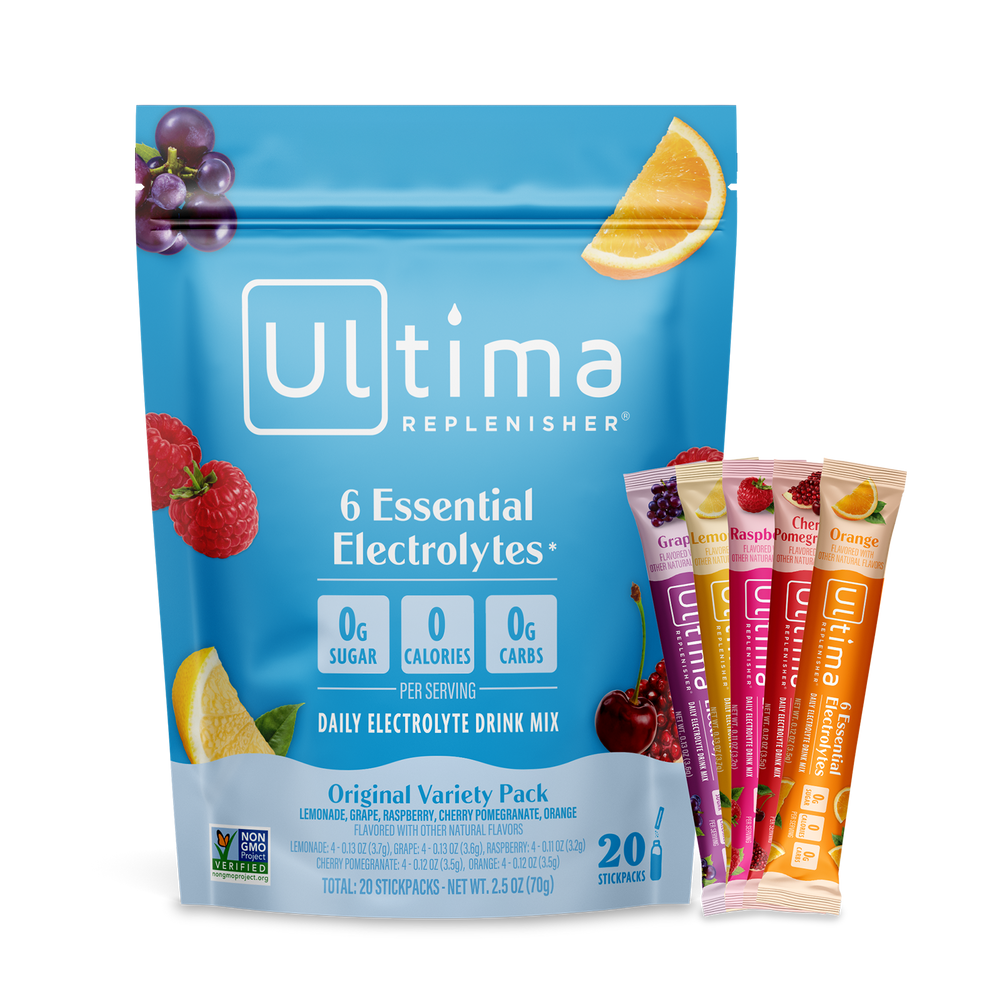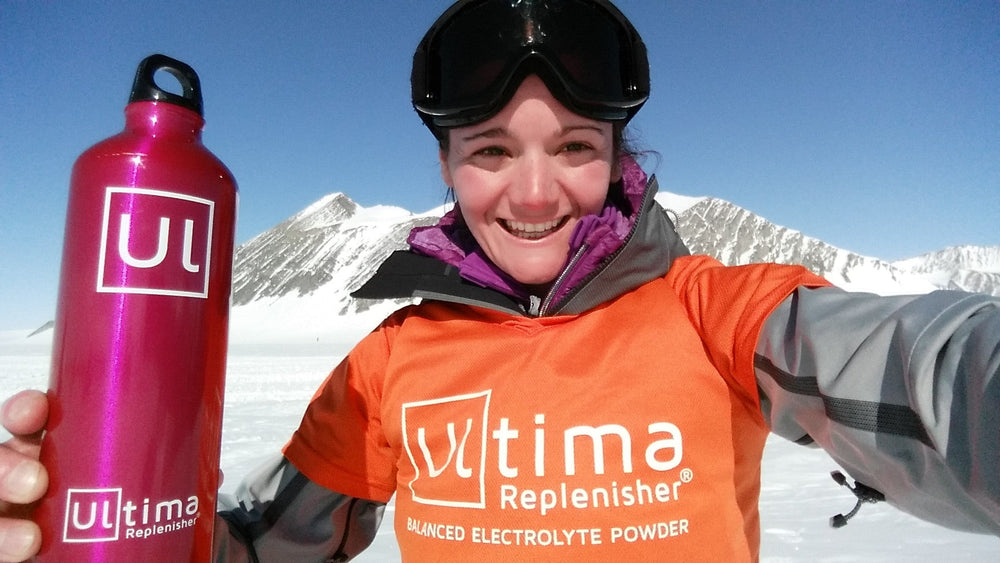Why You Can’t Fire Your Most POWERFUL Muscle
Many have labeled the psoas as the “mighty psoas” or “the most important muscle in the body”. This particular muscle located deep in the hip seems to be one of the most popular muscles by trainers and therapists, even yogis, but it’s also one of the most poorly developed and undertrained muscles in most exercisers.
Lately it’s been a subject of countless articles, numerous books and the star in what seems to be an endless supply of YouTube videos and yoga workshops. It’s also claimed that the psoas is vital for physical, emotional and spiritual well being. The psoas is part of the iliopsoas group. This two-part muscle group is comprised of the iliacus and psoas, hence the term iliopsoas. However, the iliacus is not nearly as important as the psoas but these two muscles work harmoniously together.
Unlike the psoas the iliacus is completely contained within the hip and is partially responsible for flexing the hip and bending the truck. However the psoas is held as the primary mover in these two particular movements of the body.
The reason psoas is so popular is because it has numerous significant duties. On the structural level, it is responsible for stabilizing the spine and flexing the hip. It also assists in rotating the femur outward and adducting it (moving it toward the midline).
The main functions of the Psoas:
One of the most significant things about the psoas is that it connects the legs to the spine, which means that what you do with your legs could possibly affect your spine without you thinking about, or even feeling, it.
The psoas muscles can be found deep within the anterior hip joint and lower spine; the psoas major (usually just called the psoas) work independently yet together as a team. The psoas attaches to the side and toward the front of the 12th thoracic vertebra and each of the lumbar vertebra.
Moving through the pelvis without attaching to bone, the psoas inserts along with the iliacus in a tendon at the top of the femur. The anatomy of psoas and its structure makes it a critical component for optimal postural alignment, movement, and overall wellness.
The psoas is the only muscle in the human organism that connects the upper body to the lower body, and its importance extends to the nerve complex and energy systems.
In addition, the psoas provides a diagonal support through the trunk, creating a shelf for the organs of the abdominal area. When walking, the psoas moves freely and joins with a released diaphragm in order to maintain a stable and secured spine as well as the organs, blood vessels, and nerves of the trunk.
A healthy functioning psoas provides a delicate but important connection between the upper body and the legs. In a perfect situation, the psoas guides the transfer of weight from the trunk into the legs and also acts as a pathway guiding the flow of subtle energies.
A properly functioning Psoas:
When the psoas is working properly, it functions like the tie-downs of a tent, stabilizing your spine just as the tie-downs help stabilize the main pole(s) of the tent. At any point should one of those tie-downs snap, the entire tent becomes vulnerable collapsing from high wind or the fact that the stability of the foundation has been compromised.
Now that you’re focusing on improving the health of your hips, fixing the issue isn’t just as simple as standing up or doing a few exercises. As you now know, the psoas is a major muscle located deep in the pelvic area and is largely responsible for many of our daily movements.
The hip flexors (primarily the psoas) are the most important muscle for hip flexion (moving your leg forward). The most important muscle for extending your hip (moving your leg back) is the gluteus maximus.

Both of these muscles obviously attach high on the hip and control the femur bone (upper thigh). When they are in balance with the proper mobility you inherently have good glute activation patterns.
The importance of correcting postural imbalances:
Those who sit for long periods of time tend to have weak hip flexors, thus, when they flex their hip, the muscles that attach lower down on the hip and thigh (such as the tensor fascia lata and rectus femoris), end up doing what the hip flexors should be doing.
This also often leads to a posterior pelvic posture (sunken butt syndrome) that negates good glute and hip flexor activation in favor of hamstring and TFL activation and allows the head of the femur to slide slightly out of the socket, often causing hip pain.
Yes that’s quite a bit of anatomy and physiology talk but that’s what takes place in nearly everyone who sits for long periods of time and even in those who never properly stretch and release their hips from chronic use, like long distance runners.
Furthermore, excessively tight hip flexors with an anterior rotated pelvis (or a posture where the butt sticks out) can also restrict glute function, but in our experience the majority of athletes with tight hip flexors rarely have glute activation issues near to the extent as someone with weak hip flexors and a swayback posture.
People with tight hip flexors may have issues with hamstring strains and back pain, due to the excessive curve in the lower back, but from a glute activation standpoint it’s definitely better to have tight hip flexors than weak hip flexors and it's rather simple to correct the tightness issue.
To have your glute activation patterns maximized you need the muscles that attach your thigh higher up on the hip controlling movement of your thighs rather than muscles that attach lower on your hip. You want the muscles that attach your thighbone to your hip keeping the head of your femur bone "tight" in the hip socket. When you don't have this snug fit (don’t be confused by compressed) you have glute activation issues.
There are 2 main problems that occur with regard to the glutes:
Inhibited glutes: In this situation the glutes are shutdown indefinitely. For a variety of reasons, they don’t contract in your daily life when you walk, stand, get up off the toilet, or when you move in sport. This situation is more common in those who sit on their butts all day but it can exist even in elite level athletes.
Overshadowed glutes: Here the glutes DO fire properly, but are not as strong as other lower body muscles (like the quadriceps, and adductors) When this weakness is present, the body will use other muscles to do what the glutes SHOULD be doing. This creates inefficiency in performance and usually results in some type of pain or injury.
Whenever you perform an explosive compound movement such as a squat jump, deadlift, sprint, etc., the majority of work tends to be done by the strongest of those muscle groups. Technique will also have a substantial impact on all of this, but one problem many athletes have is they naturally have proportionately more strength and natural muscle cells in muscles other than their glutes, like their thighs.
We need to focus on how poor glute activation affects our psoas, which will ultimately affect our performance. In reality it’s the psoas that affects our glute activation. It’s another one of those vicious cycles that will screw us up if not fixed.
In short, when our iliopsoas group is tight the glutes are unable to properly fire due to changes in muscle length, joint angles and efficiency of natural movement. By returning back to the body’s natural design through a hip restoration program that focuses on hip release AND strengthening, you will be able to create a better space for your psoas, abdominal organs and muscles. And in return all the systems in your body will begin to work harmoniously and only then will you be able to maximize your performance.
I've learned over the course of 20 years through experience and education that for anyone to achieve max performance a multitude of training regimes, including proper nutrition and hydration, must be properly implemented to effectively stimulate all the systems of the body.
It all boils down to movement and how well the body responds to it. Without a firm foundation of mobility, stability, and strength it’s next to impossible to achieve optimal performance. Picture-perfect health and athleticism requires discipline, structure, and a whole lot of common sense.









